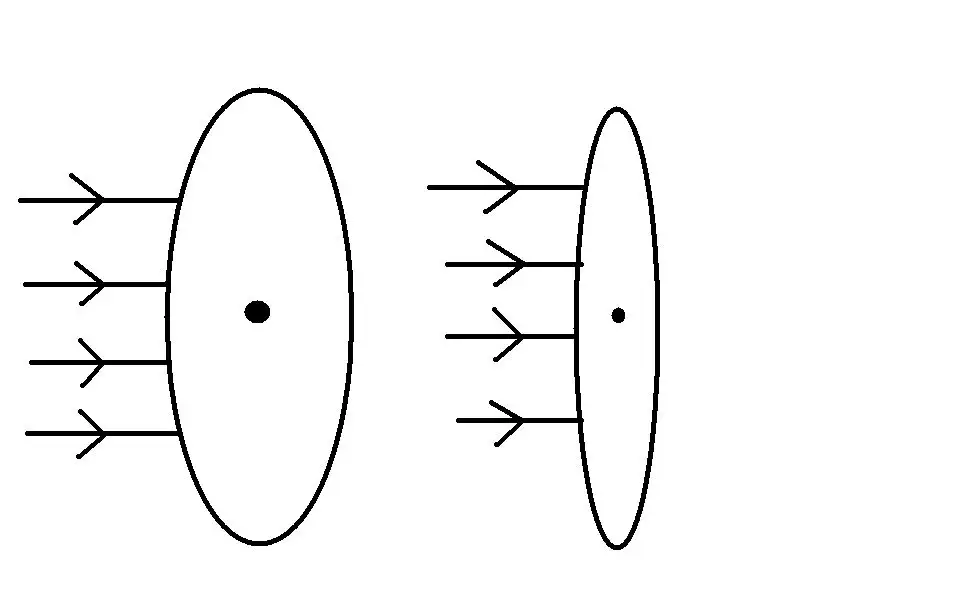Is the lens focal length the same as the camera focal length?
Because the shorter the focal length of the convex lens, the greater the included angle between the light refracted by the lens and the original incident light, that is, the greater the change angle of the direction of the original light, so the stronger its convergence effect on the light.
The imaging law of convex lens is an optical law. In optics, the image formed by the convergence of actual light and can be presented on the light screen is called real image; The image formed by the convergence of the reverse extension line of light and cannot be presented on the light screen is called virtual image. When talking about the difference between real images and virtual images, we often mention such a distinction method: “real images are inverted, while virtual images are upright.”
If it is a thick meniscus concave lens, the situation will be more complicated. When the thickness is large enough, it is equivalent to Galileo telescope, and when the thickness is larger, it will be equivalent to positive lens.
Extended data:
1、 Principle of convex lens imaging
The object is placed outside the focus and forms an inverted real image on the other side of the convex lens. The real image can be reduced, equal and enlarged. The smaller the object distance is, the larger the image distance is, and the larger the real image is. The object is placed in the focus and forms an upright enlarged virtual image on the same side of the convex lens. The larger the object distance, the larger the image distance, and the larger the virtual image. No imaging when in focus. When it is at 2x focal length, it will form a real image of equal size handstand.
In optics, the image formed by the convergence of actual light is called real image, which can be undertaken by light screen; On the contrary, it is called virtual image, which can only be felt by the eyes. Experienced physics teachers, when talking about the difference between real images and virtual images, often mention such a distinction method: “real images are inverted, while virtual images are upright.” The so-called “upright” and “handstand” are, of course, relative to the original object.
The three virtual images formed by plane mirror, convex mirror and concave lens are upright; The real image formed by concave mirror and convex lens, as well as the real image formed in small hole imaging, are inverted without exception. Of course, concave mirror and convex lens can also form virtual images, and the two virtual images they form are also upright.
2、 Magnification of convex lens
The magnification of a convex lens (virtual image, positive image) is only related to the focal length of the lens, and the virtual image and the object are on the same side of the lens.
The calculation formula is: bright distance (25cm) / focal length = magnification.
The shorter the focal length, the higher the magnification.
The imaging multiple (real image, inverted image) of convex lens is related to the image distance, and the real image and object are on both sides of the lens.
Its imaging formula: 1 / focal length = 1 / object distance + 1 / image distance
The closer the object is to the focus, the larger the image distance and the larger the image. The magnification of this real image is not limited by the focal length of the lens.
The surface of a convex lens is an arc, which is part of a circle. The radius of the arc can be measured. This radius is called the radius of curvature of the lens arc. Obviously, the smaller the radius of curvature, the higher the middle of the lens, the greater the thickness of the lens, and the shorter the focal length of the lens.
End




